JOSEPH CLARKE KEMPER
AIRCRAFT MECHANIC/CREW CHIEF (67B20)
3RD PLATOON, DA NANG, VIETNAM
14 AUGUST 1965–OCTOBER 1966
Private First Class Joseph “Joe” Kemper volunteered for duty in Vietnam, and in a strange twist of circunstances he also asked for a thirty-day leave to fly home to visit his finacé in West Virginia and when approved purchased a round trip ticket. While he was gone an initial set of orders directed him to depart Hanau, Germany, on 2 July 1965. His destination was Vietnam and an assignment with the 220th Aviation Company, APO San Francisco 96307. Following an approved thirty–day leave at home in West Virginia instructions were to report for overseas transportation at Oakland Army Terminal by 2 August 1965, wearing Khaki trousers and short sleeve shirt.
Since he was already on leave when movemnent orders arrived, a change of orders had him depart Germany on 2 August [probably the end of his current leave period] with a report date for overseas shipment out of Oakland of 12 August (there was no mention of a home leave in the second set of orders because he was already in the United States). The original and change sets of orders that would have allow him to not return to Germany were sent to an incorrect mailing address—so they never reached Joe. When he showed up again in Germany following his leave everyone was surprised. His unit had already shipped a bag of his military clothing that departed Hanau on 4 August destined for Vietnam. Joe states he later received those clothes on the thirteenth month of his fourteenth month tour in Vietnam
The world traveler was now headed in the right direction toward Vietnam. Special Orders 225, Hqs, US Army Personnel Center, Oakland, California, dated 13 August, further directed Joe and a long list of other soldiers to depart Travis Air Force Base (SUU) on 14 August for a flight to Saigon, Vietnam. PFC Kemper struggled through nearly two weeks of details work at the replacement station in Saigon and might have stayed longer had he not used his initiative to get himself placed on a flight to Phu Bai.
Three sets of orders generated in either the 220th Aviation Company or its parent unit, 14th Aviation Battalion, provides a good representation of enlisted men. In October a set of unit orders promoted twelve Catkillers to Specialist 4:
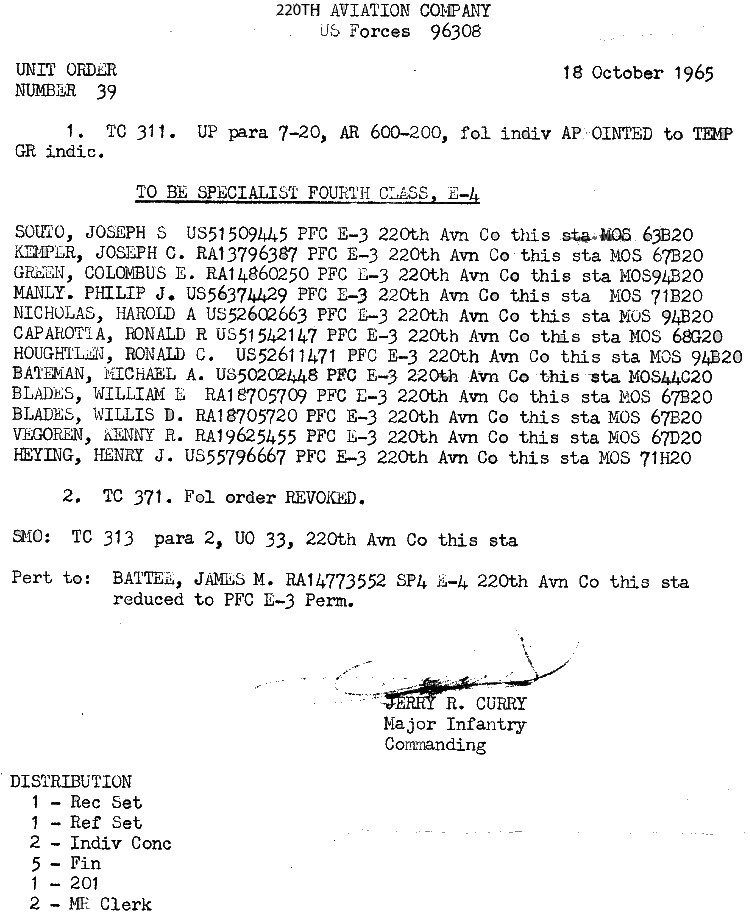
From the above unit order list signed by the unit commander, Major Jerry Ralph Curry, with a 76B20 crew chief/maintenance occupational specialty, brothers William and Willis Blades were assigned to the 2nd Platoon at Hue. These brothers had been in country before the 220th Aviation Company arrival in Vietnam but were reassigned to join the unit. Specialist Kenny Vegoren, an original member of the unit, served as a crew chief with the 1st Platoon at Quang Ngai, and Joe Kemper did the same with the 3rd Platoon at Da Nang. Specialists Green, Nicholas and Houghtlen were company cooks. Specialists Heying and Manley were company clerks, Mike Bateman was a welder, and Joseph Souto was a light wheel vehicle mechanic. Ron Caparotta from New Jersey was an airframe repairer who came over from Fort Lewis with the unit and served at Phu Bai. James Battee lost his SP4 rank for slipping off to Hue on an unauthorized visit; however, he was a good mechanic and liked by the members of his 2nd Platoon.
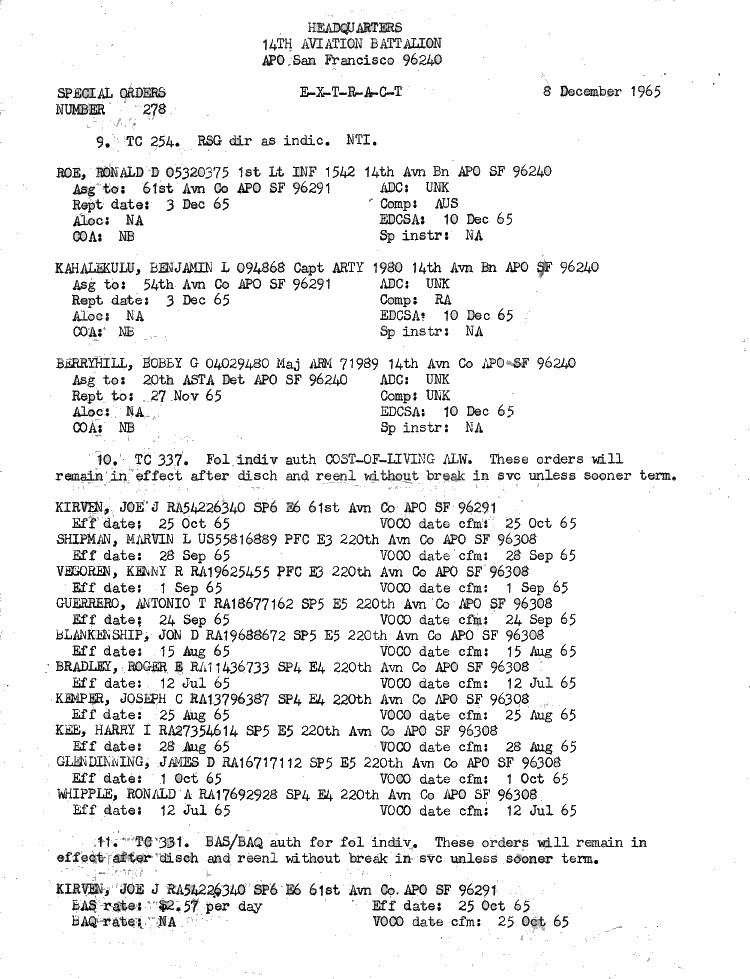
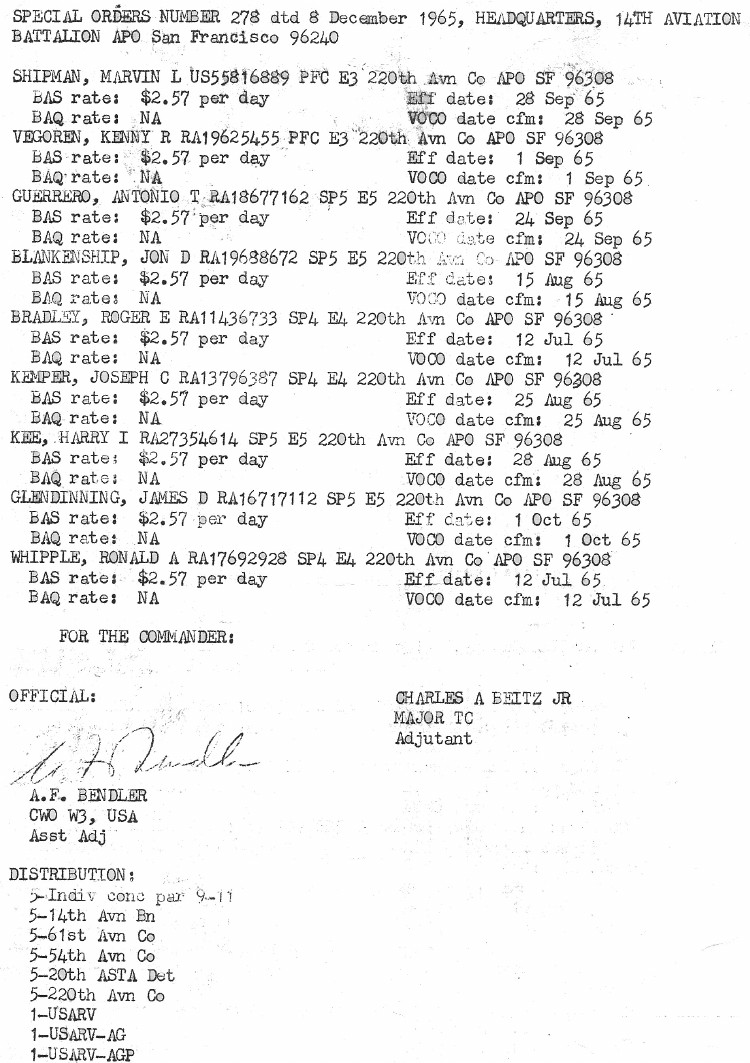
The second set of orders shows a rare benefit while serving with a combat unit: Cost–of–Living Allowance and a Housing Allowance! During their time at Da Nang all platoon members were housed at Da Nang Hotel, thus the reason for their “extra” pay.
Finally, the third set of orders, Special Order 188, 14th Aviation Battalion, dated 26 July 1966, contains only three names from personnel serving in the 220th (TDY for R&R Leave): WO1 Norman S. MacPhee, SP4 Joseph C. Kemper, and SP4 Harry K. Kawabata. Norman chose Hong Kong, to depart effective 14 August 1966. He had departed the United States (DDUS) on 10 February 1966. Joe Kemper also chose Hong Kong for departure 19 August, and he had departed the United States on 14 October 1965. Harry Kawabata, from Hawaii, chose Tokyo and departed for that destination on 14 August. Harry’s tour to Vietnam began on 31 June 1965. Each of these men had instructions to report to Nha Trang R&R Processing Center between 0800–1600 hours one day before their R&R departure. Since previously cited orders for Joe Kemper show his departure date from Oakland, California, as 14 August 1965 these dates are not considered reliable.
OVERVIEW OF UNIT INITIAL DUTY LOCATIONS:
The distance between 220th Aviation Company’s headquarters and the 1st Platoon at Quang Ngai was approximately one hundred and fifty miles. The platoon was the most distant and had less frequent visits. In fact platoon pilots most often flew the extra ten minutes to Chu Lai to pick up aerial observers. The initial platoon commander was Captain William Everett and later Charles H. Evans. The 2nd Platoon at Hue was about ten miles northwest from company headquarters at Phu Bai. Their initial commander was Captain David Rogers.
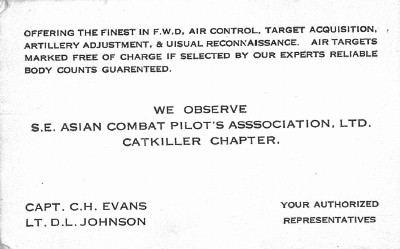
The 3rd Platoon at Da Nang, initially commanded by Captain Robert L. Chancellor and later succeeded by Captain Benjamin Hartman, was one province away to the southeast, or about fifty miles from Phu Bai. The parent unit for the company was the14th Aviation Battalion and their headquarters was first based at Nha Trang and later in 1966 moved north (and closer) to Lane Army Heliport (West of Qui Nhon).
The 1st and 3rd Platoons were only close to their supported units, and crew chiefs tell that major maintenance issues were taken care of at Phu Bai. [I hear from crew chiefs that they usually accompanied their assigned aircraft to Phu Bai]:
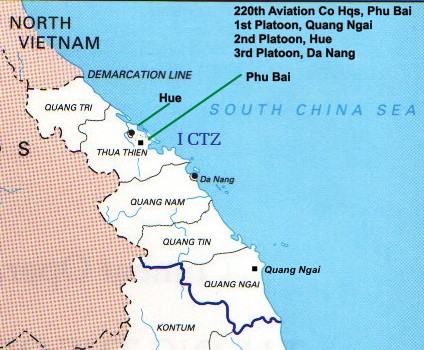
3RD PLATOON, DA NANG:
Photos taken by Joe Kemper show the 3rd Platoon first settled on the east side of Da Nang Airport, as shown in this fuzzy aerial photo. You can see the line of Birddogs just above point Z and one lone aircraft sitting in the POL area at point X:
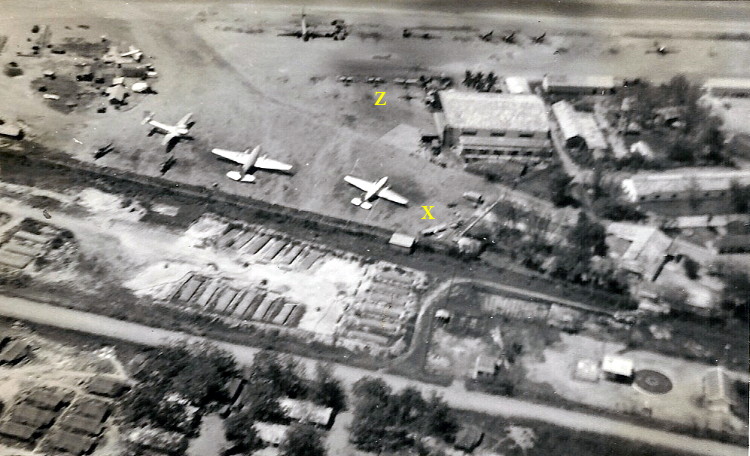
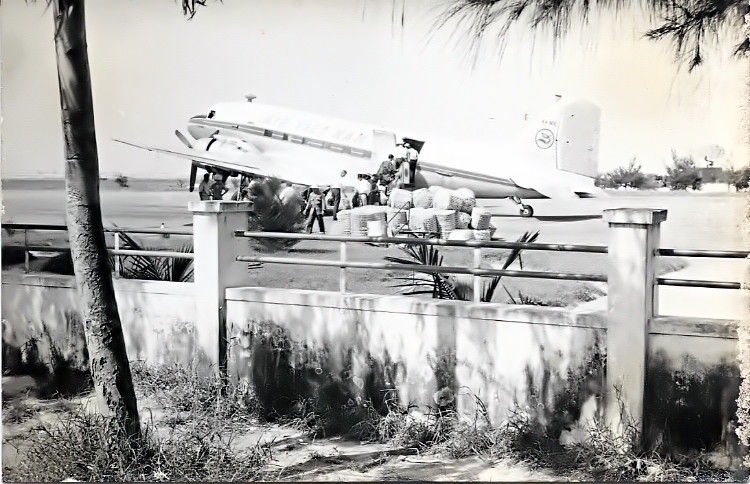
The platoon relocated at some point from the east side of Da Nang Airport to the west side where these photos were taken. About six–eight months into his tour 3rd Platoon moved to Marble Mountain.
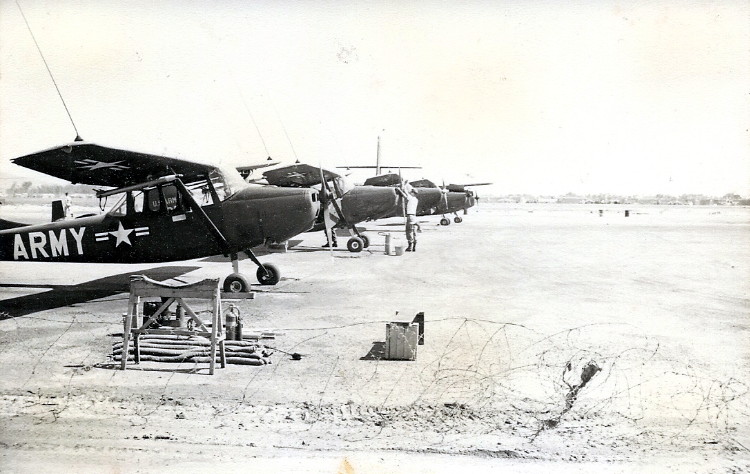
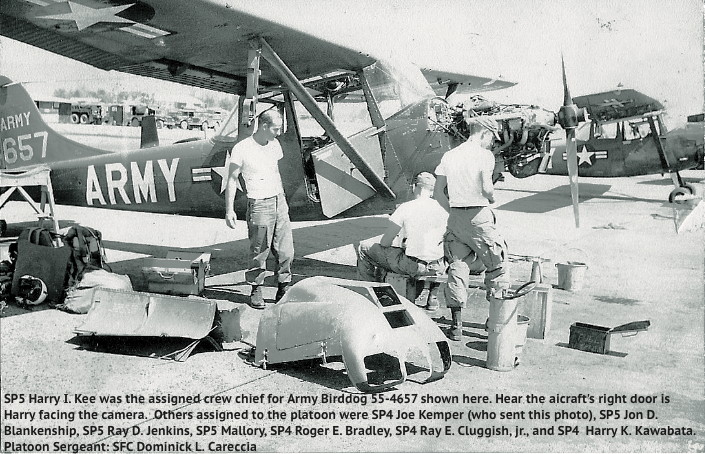
While we do not know the exact service dates of the men on CWO Donovan Behny’s 3rd Platoon list, 1965–66, many were in Da Nang at the time Joe Kemper served:
| Personnel: | |
|---|---|
| CPT Chancellor | CPT Hartman |
| CPT Teer | CPT Murray |
| LT Johnson | LT Morris |
| LT Brinkley | CW2 Santos |
| WO1 MacPhee | SFC Cereccia |
| E-5 Blankinship | E-5 Jenkins |
| E-5 Kee | E-5 Mallory |
| E-4 Bradley | E-4 Kemper |
| E-4 Cluggish | E-4 Kawabata |
| O-1 Aircraft: | |
| 55-4657 | 55-4663 |
| 55-4667 | 55-4708 |
| 57-2840 | 57-2923 |
| 57-8953 |
Joe’s photographs taken in and around Da Nang show a hard–working, fast–paced operational life within the platoon:
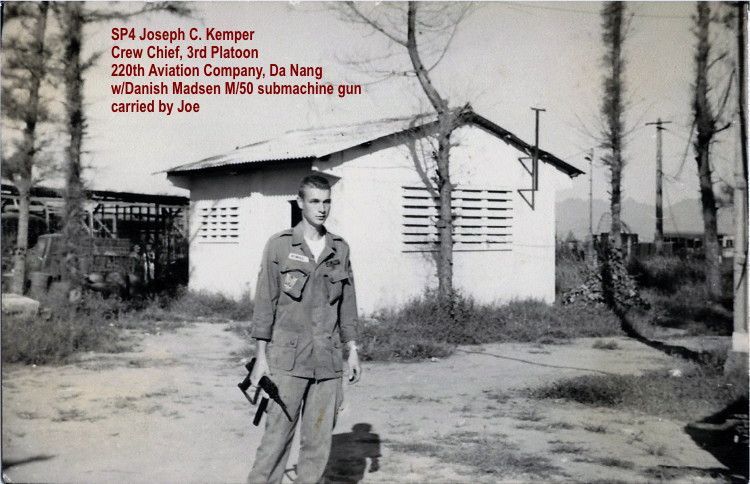
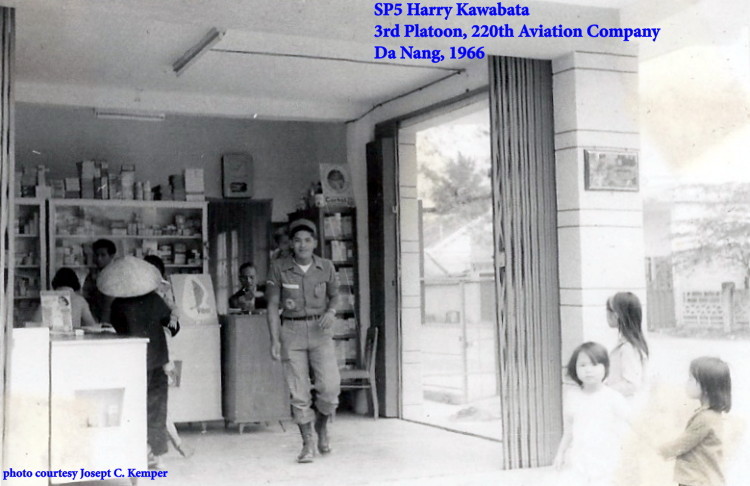
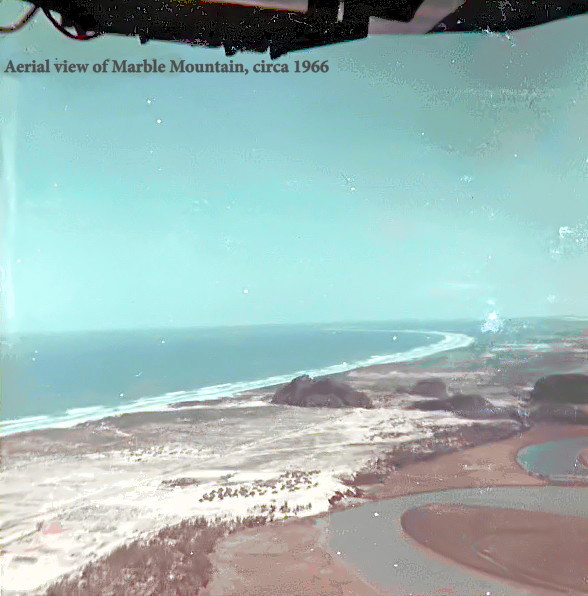
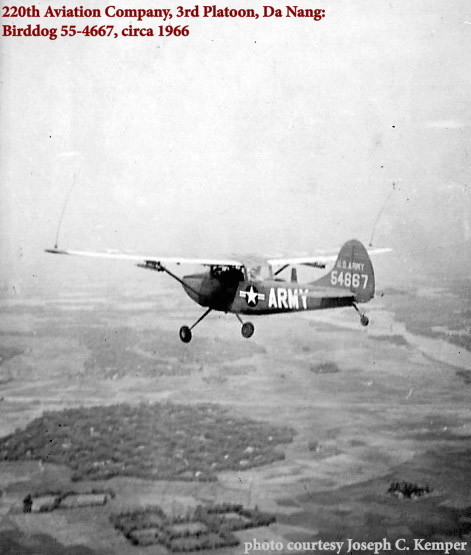
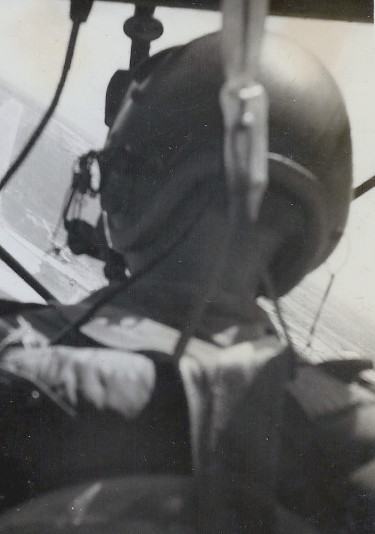
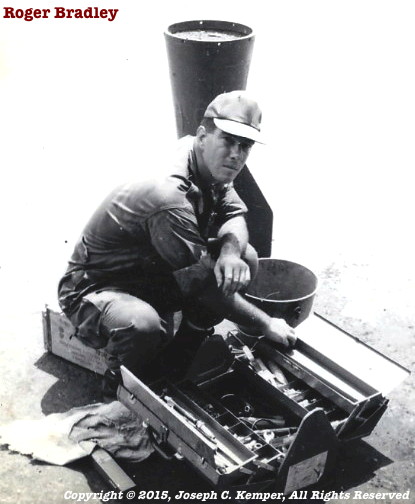
The man sitting on the ammo case by his tool box in the above right photo, is Roger Bradley, Crew Chief of the Month for May 1966 on Birddog 57-2953, the same aircraft almost retrieved by SGT Roger Putnam, SP5 Joe Kemper, and SP5 Jack Richter on 8 July of that year. A bit of additional trivia that would not be available but for CWO Donovan Behny: Army 57-2953 flown by CPT Darl McAllister, 3rd Platoon, 1965–66 received damage by a bullet on 20 October 1965; on 30 April 1966 1LT James M. Morris received one bullet hole in the aircraft; and on 1 July 1966 CPT Jim Carlin received three bullet holes while flying the aircraft [and crashed]. An entry on page 13 of the Aircraft Maintenance Records (History Index 1, 1965) reports this aircraft was, “shot down 1 July 1966—Recovered by CH–46 and dropped from 4000’ (turned in 8 July 66). CL” This same aircraft was previously turned in during December 1965 for rebuild and later reissued to the 220th Aviation Company. Donovan stated that these aircraft were sent to Japan for rebuild. This aircraft did not reappear in unit maintenance records after the crash experienced by Jim Carlin.
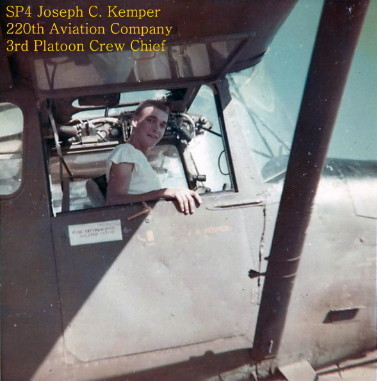
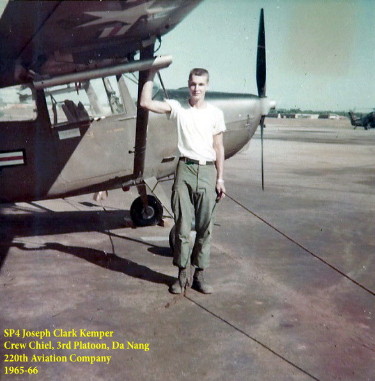
OUT AND ABOUT:
The 3rd Platoon maintenance crew not only worked at Da Nang but also visited and worked at other platoon locations:
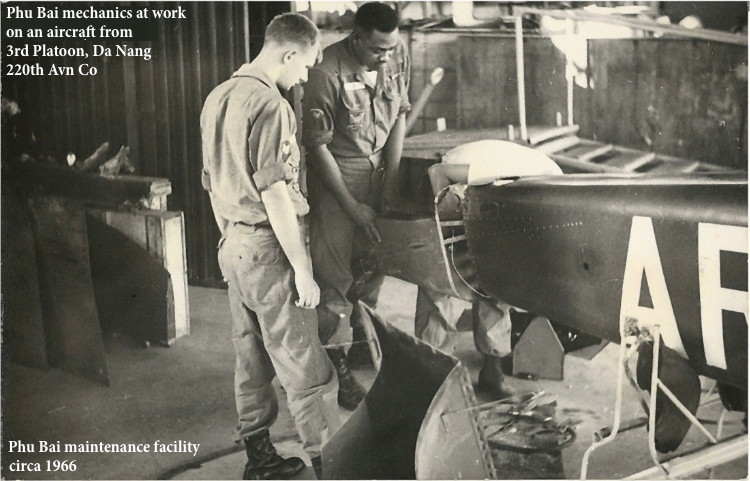
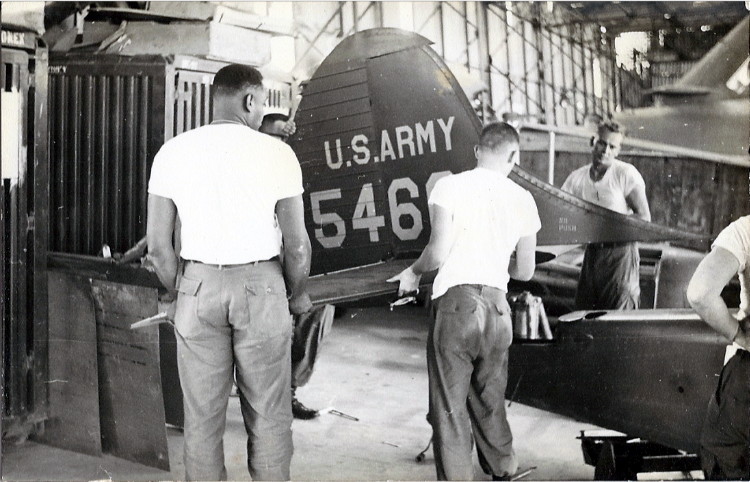
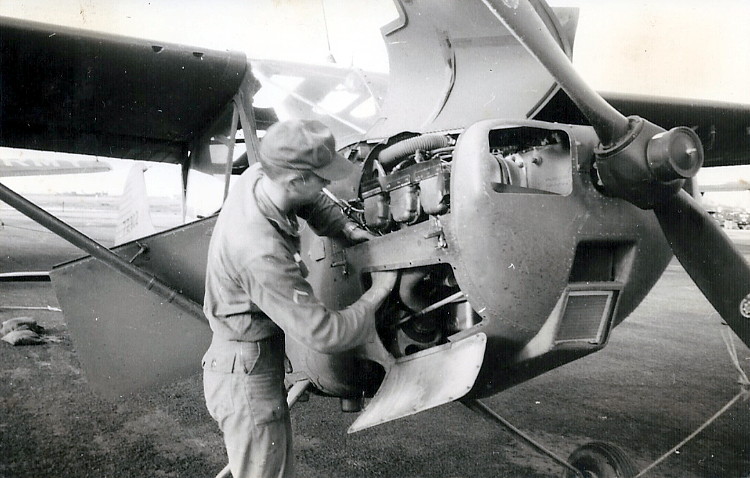
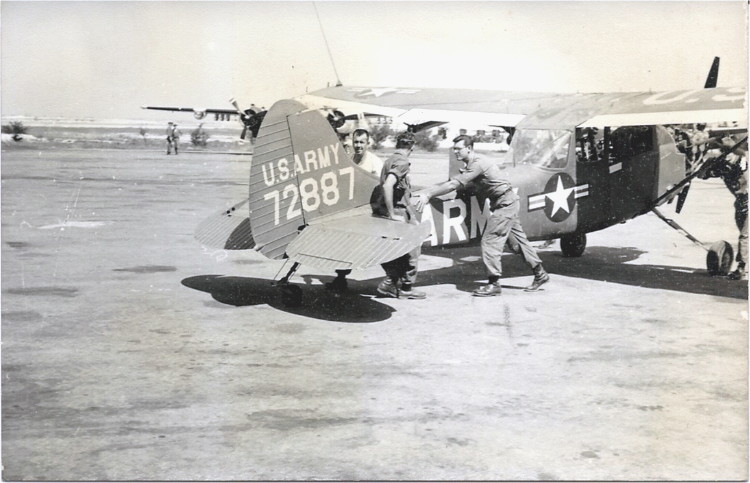
SPECIAL EVENTS:
Before we made contact with Joe Kemper there was an article posted in the 2113 Second Quarterly CATCOM Newsletter that showed damages recorded by two grainy photographs taken at Marble Mountain, Da Nang, by Roger Putnam in 1966, following a mortar attack. We speculated about what might be the chances of these photos being from either the 183rd or the 220th Aviation Company? :
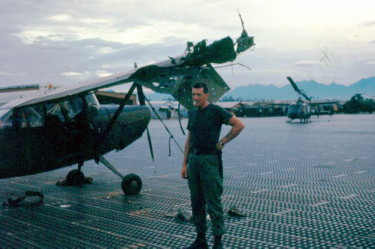
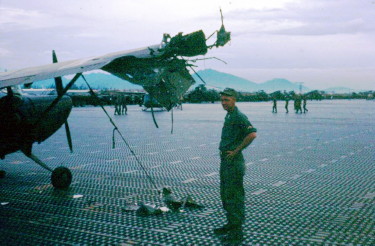
When a package of photographs arrived from Joe Kemper we had the proof needed to properly identify the unit and aircraft involved. On an unknown day in 1966 the 183rd Aviation Company “Seahorses” came north from Nha Trang to assist in a mission and stayed overnight on our ramp—and hopefully this was the only negative part of their temporary mission:
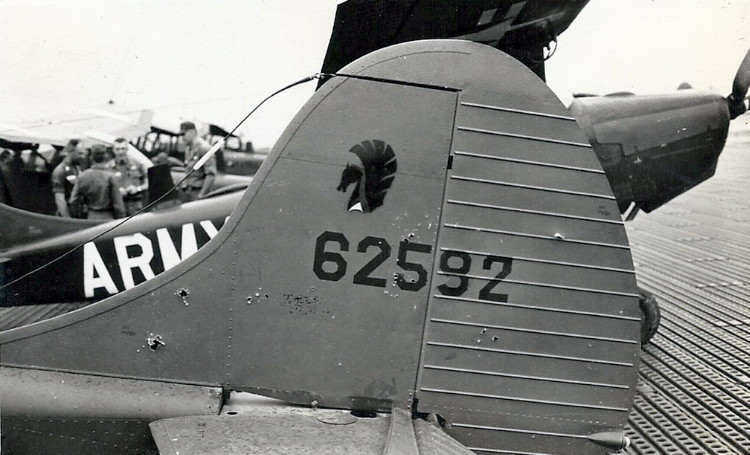
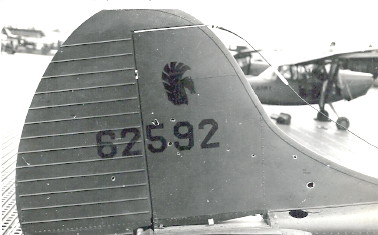

A short time before his departure from Vietnam an interesting situation presented itself to Joe Kemper:
“Picking up a downed aircraft was a task nobody else wanted to do—until Sergeant Putnam came along. So I jumped at the chance to find a helicopter pilot who would take the mission and go out and pick up [what a close–up inspection with a high–resolution scanner showed to be] SP4 Roger Bradley’s airplane 57–2953. It put a little excitant in a heavy work schedule. Everyone else was afraid of the static discharge that the copters would put off when you reach out to hook them up. I hooked two aileron control cables end to end and kept one in my hand and the other end stuck in the ground. That shorted out the charge.
These pictures are the first hook up we made using a real hook up line with a wire down the center of the line and a long semi–rigid pole so we could reach up and keep the copter off our head. This was the last “pick up” I went on (I was very short) and the first time out for SGT Putnan and Jack Richter. They were new in country and I had one week left. I showed them how I went about finding a helicopter pilot for the mission and how I had been doing it—Standing on top of a Birddog in an open field when bullets are flying and a helicopter is inches over your head feels very exposed.
My recollection is that we lost 14 planes in the 14 months that I was there. I did not go out to pick up the first one, but that is when the other guys learned they didn’t want to do it anymore. Some of the lost planes were from bad landings and one was on takeoff, but most were shot down. We had no fatalities in our platoon while I was there, but one pilot was a medical evac.
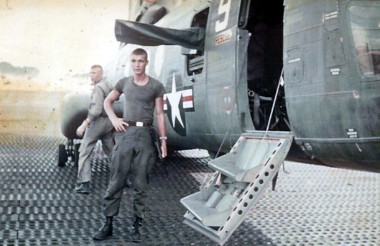
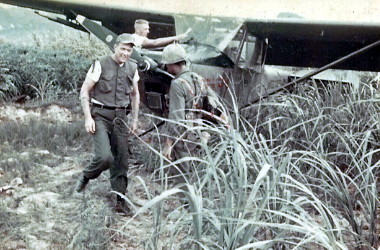
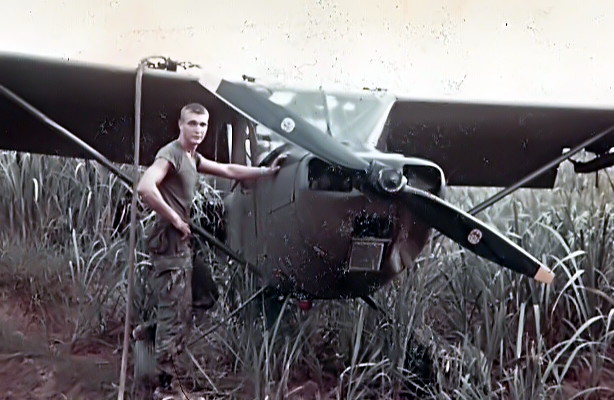
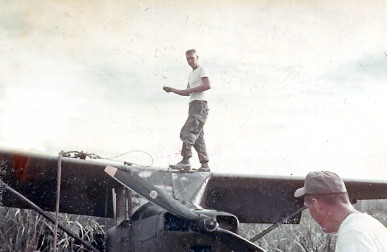
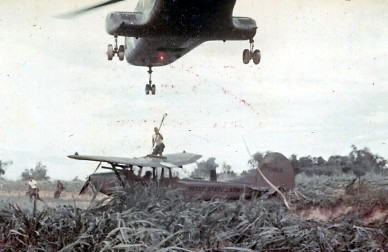
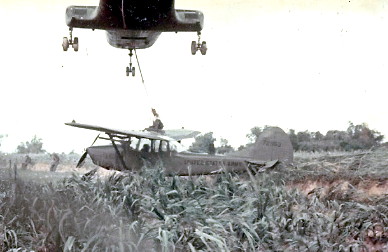
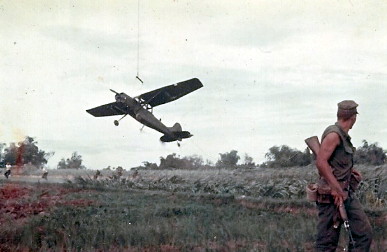
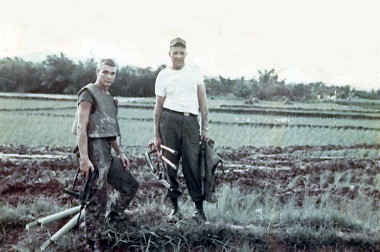
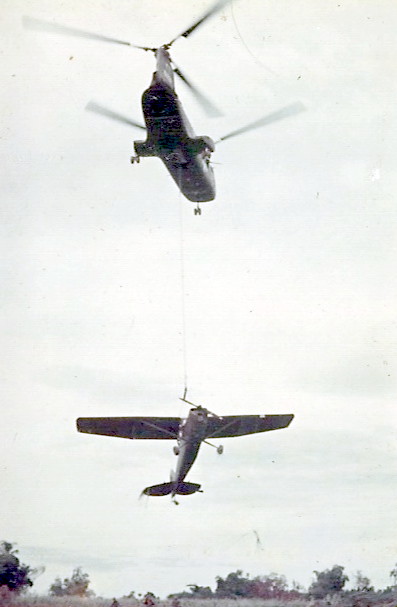
IT’S ALL IN A DAY’S WORK!
Arranged and published by Donald M. Ricks, Catkiller Webmaster.
Photos Copyright © by 2013 Joseph Clarke Kemper. All rights reserved.




